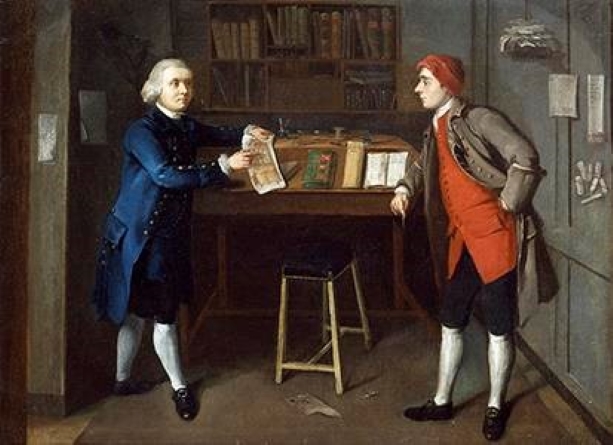The Benefits
of Membership
Find out more about the benefits of membership including the annual journal, a regular newsletter, lectures, study weekends and overseas tours.
MembershipBIFMO is the Furniture History Society's free online database comprising biographical details and histories of furniture makers, designers and ancillary trades across Britain and Ireland from the sixteenth century to the early decades of the twentieth century. This source is constantly updated with details from scholarly published sources and through our research initiatives, funded through generous grants and personal gifts to the Society, and BIFMO's dynamic outreach programme.
Initially conceived and developed in partnership with the University of London’s Institute of Historical Research (IHR), the BIFMO project is now in its eighth year and solely managed by the FHS, with the website hosted and developed by a company supporting innovative ways of publishing information digitally. You can find us at BIFMO.
The Dictionary of English Furniture Makers 1660-1840, edited by Geoffrey Beard and Christopher Gilbert, serves as the foundation and inspiration for the BIFMO database, currently containing nearly 87,000 records across six sources. This includes updated biographies from the Dictionary, together with the details of thousands of previously undocumented historical furniture-making craftspeople and firms in the industry. The sources include:
The result is our globally-free research tool, which offers a wealth of information and entries in the field of furniture, social and economic history, as well as details about the interiors and furnishings of British and Irish country and town houses. It serves as a research source into furniture and associated trades, manufacturers, and suppliers; their organising structures; their clientele; their production and the services they provided.
In addition to providing scholars, academics, students, collectors, and the antique trade and market with a variety of comprehensive information, new research is published through biographies and blogs. Our first research initiative was a collaboration with the IHR's Layers of London project, where approximately 16,000 London furniture makers, c. 1600-1880, are mapped.
The project is currently managing three research projects:
British and Irish Furniture Makers Online is the Furniture History Society's research tool for the 21st century.

A cabinet-maker's office, c.1770 © Victoria & Albert Museum